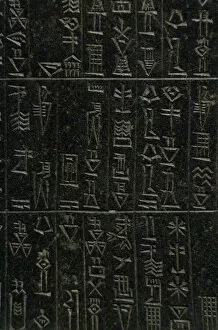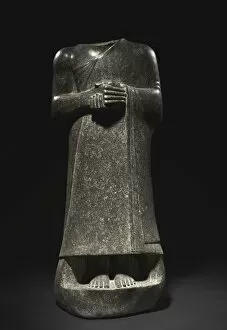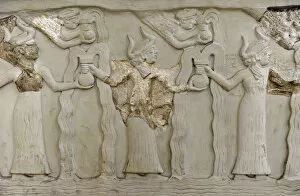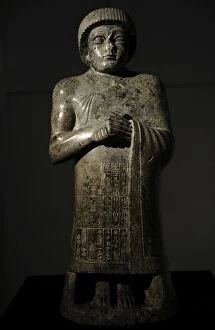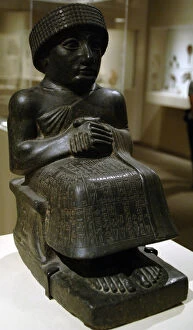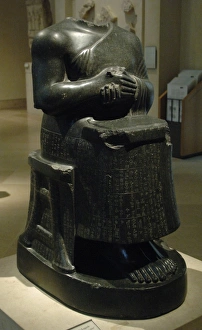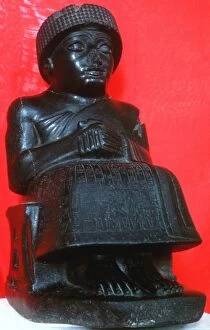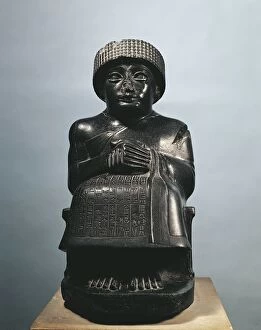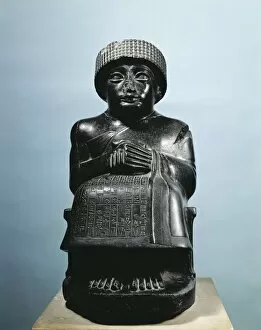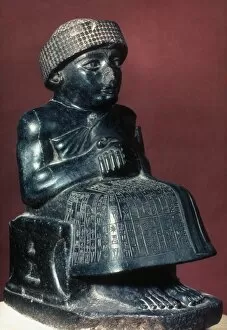Gudea Collection
Gudea, the Neo-Sumerian ruler of Lagash in ancient Mesopotamia, left a lasting legacy through his remarkable statues and artifacts
All Professionally Made to Order for Quick Shipping
Gudea, the Neo-Sumerian ruler of Lagash in ancient Mesopotamia, left a lasting legacy through his remarkable statues and artifacts. One such masterpiece is the Statue of Gudea, located in Girsu (modern Telloh), Iraq. Created around 2120 BC, this statue showcases the exquisite craftsmanship and artistic prowess of its time. Standing tall and proud, Gudea's diorite figure embodies power and authority. As the city ruler of Lagash during the 22nd century BC, he dedicated himself to serving the god Ningirsu with unwavering devotion. This commitment is evident in his numerous sculptures that depict him holding sacred basins or engaged in religious rituals. The Sacred Basin from Gudea's period further highlights his deep spiritual connection. Crafted between 2144-2124 BC, these intricately designed vessels were used for ceremonial purposes within temples. They symbolize Gudea's role as a prince and guardian of Lagash's religious traditions. Mesopotamian art flourished under Gudea's reign, showcasing his patronage towards cultural development. The Sumerian King commissioned various artworks that depicted not only himself but also scenes from everyday life in ancient Babylon. These artworks provide valuable insights into societal norms and customs during that era. Gudea's influence extended beyond just ruling over Lagash; he played a significant role in shaping Neo-Sumerian civilization as well. His reign marked an important period characterized by advancements in architecture, governance systems, and trade networks throughout southern Babylon. Today, we marvel at these archaeological treasures from thousands of years ago – remnants of a once-thriving civilization led by an exceptional leader named Gudea. Through their preservation and study, we gain glimpses into a rich past filled with innovation and cultural achievements that continue to inspire us today.

